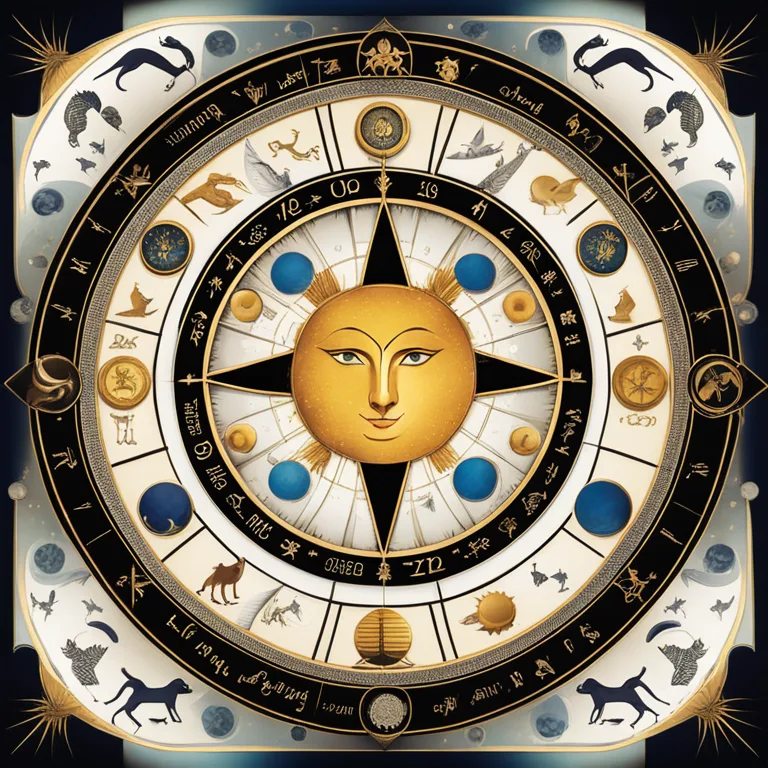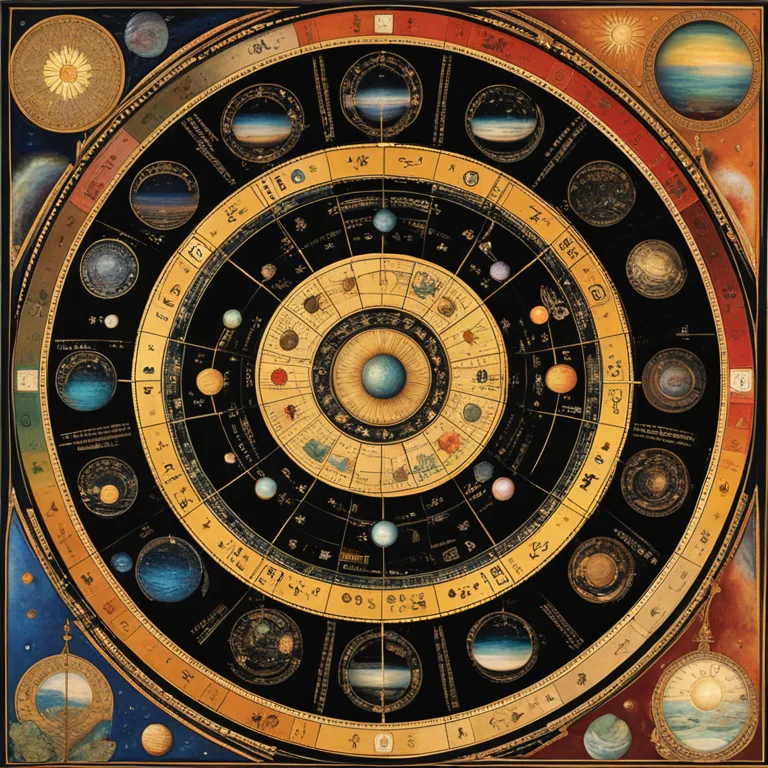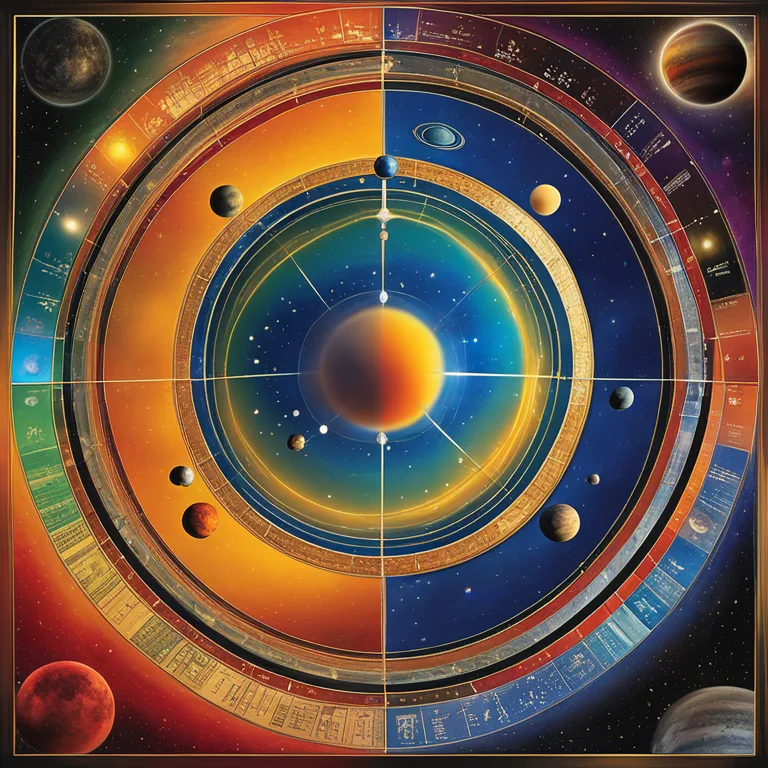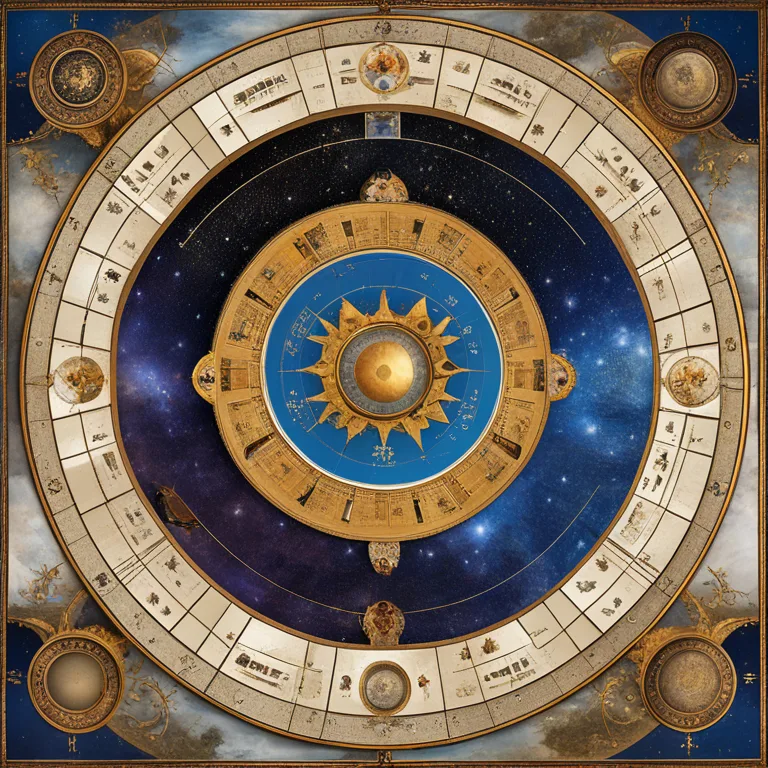
The Mechanics of Astrology: A Celestial Guide
Delve into the workings of astrology and discover how celestial bodies influence our lives, shaping personality, destiny, and relationships.
article by Priya Deshmukh
Introduction to Astrological Influence
Astrology is an ancient practice that asserts the position and movement of celestial bodies, primarily the planets and the stars, has a profound impact on our lives. By mapping the skies at individual birth moments, astrologers claim to discern personality traits, potential life events, and relationship dynamics. This cosmic guidance sits at the heart of astrology and continues to intrigue those seeking deeper understanding of their own place within the universe. While modern science often questions its validity, astrology's symbolic language provides comfort and insight for many.

The Zodiac and Personal Horoscope
Central to astrology is the zodiac, a celestial belt divided into twelve signs, each corresponding to a thirty-degree section of the sky. Your zodiac sign, determined by the position of the sun at your birth, is believed to lay the foundation of your personality and fate. As we enter 2024, astrologers can generate horoscopes—astrological forecasts—that offer advice and predictions on how celestial mechanics may influence future endeavors and personal growth, reflecting the ever-changing dance of the planets and their supposed energetic imprint on individuals.

Astrological Houses and Planetary Positions
Astrological charts are not limited to zodiac signs; they also entail the twelve houses that represent different aspects of life, such as career, relationships, and self-expression. The positioning of planets and luminaries like the sun and moon within these houses at the time of birth provides nuanced details that further personalize an individual's astrological profile. Astrologers watching the heavens in 2024 and beyond study the transits, or movements, of these celestial bodies to anticipate and interpret the potential influences on zodiacal signs.

Planetary Aspects and Their Significance
When celestial bodies form angles with one another, known as aspects, they create a dynamic interplay that is integral to astrological interpretations. Conjunctions, when planets align closely, signify intensity and focus, while squares indicate challenges or tensions. Trines, on the other hand, suggest harmony and ease. Mapping these aspects in upcoming years can provide individuals with a form of celestial counsel, hinting at periods of opportunity or adversity.

Compatibility and Synastry
Astrology also extends to the realm of relationships through the study of synastry, comparing the astrological charts of two individuals to gauge compatibility. By examining the interactions between each person's planets and houses, particularly as we venture into the middle of the decade, astrologers aim to understand the potentials and pitfalls within personal and professional relationships. This pursuit embodies one of astrology's most appealing elements--the search for harmony and connection within the cosmos.
Biorhythms and Astrological Forecasting
Astrology's sister practice, biorhythm theory, also posits that our lives are influenced by natural rhythmic cycles. Astrologers combine this concept with astrological forecasting to offer a more comprehensive picture of an individual's physical, emotional, and intellectual ebbs and flows. As we progress into later years like 2024 and beyond, understanding these cycles can help people plan actions in harmony with their personal rhythms and the expected influences of the planets.
Published: 12/29/2023
Modified: 12/29/2023
More predictions
Come back here soon to learn more about yourself and your future


The Influence of Birth Date on Your Astrological Profile
Discover how your birth date shapes your astrological sign, personality traits, and cosmic destiny in the astrological realm.


The Cosmic Dance of Astrology in Love
Discover how astrology influences romantic relationships, and what the stars say about love compatibility in the modern era.


The Astrological Almanac of Zodiac Signs
Delve into the cosmic influence of astrology and zodiac signs. Learn how celestial alignments guide personalities, futures, and relationships.